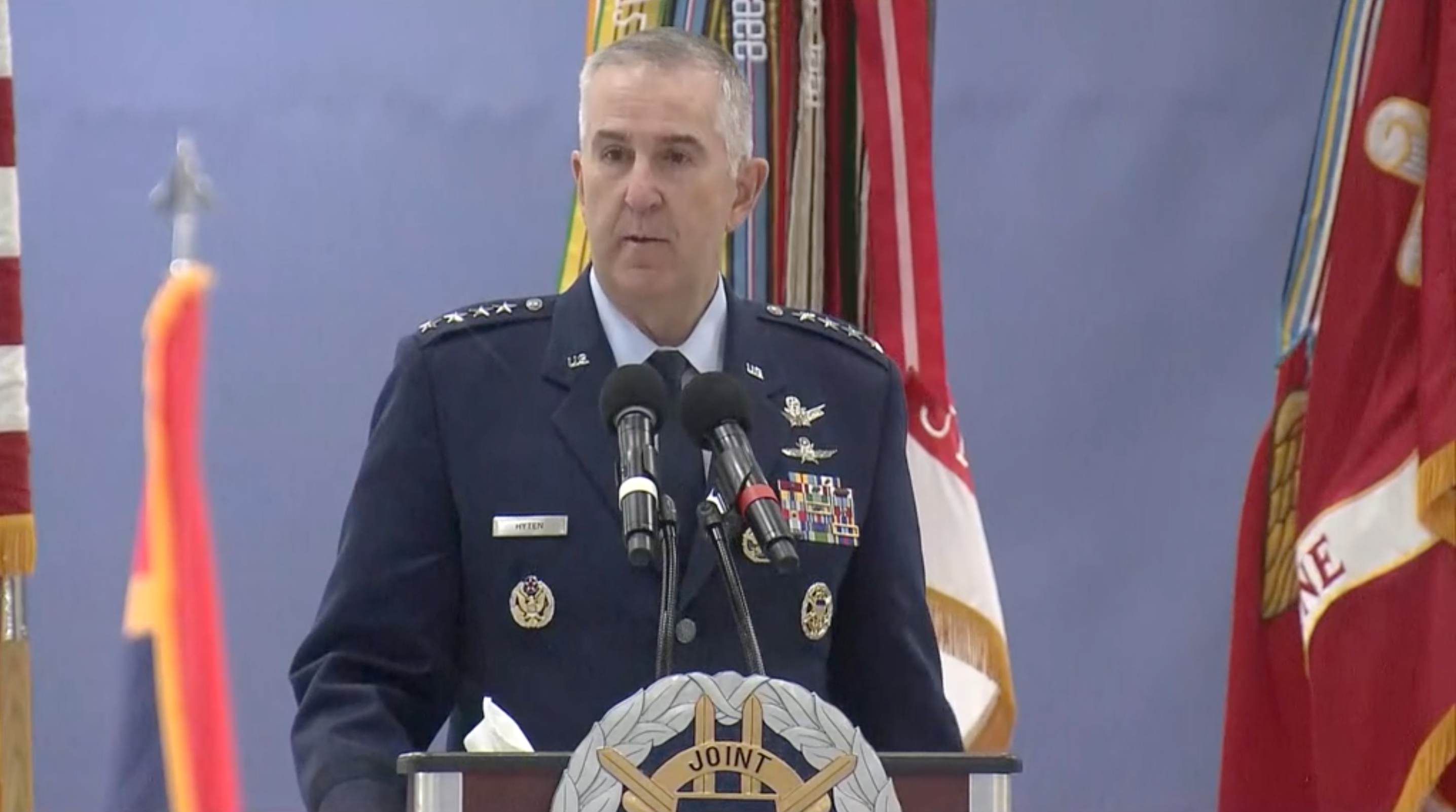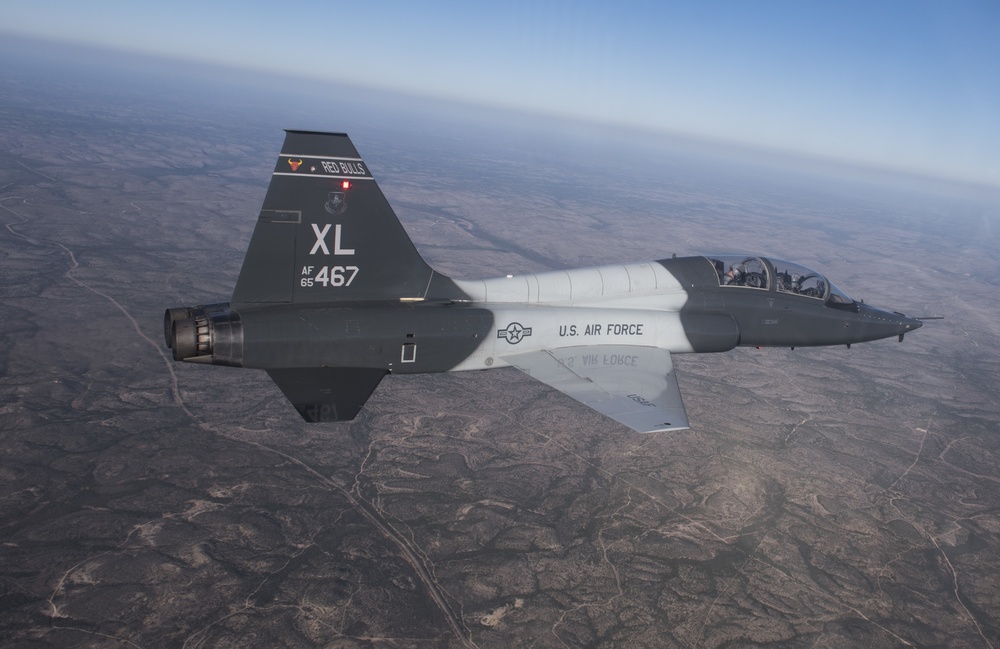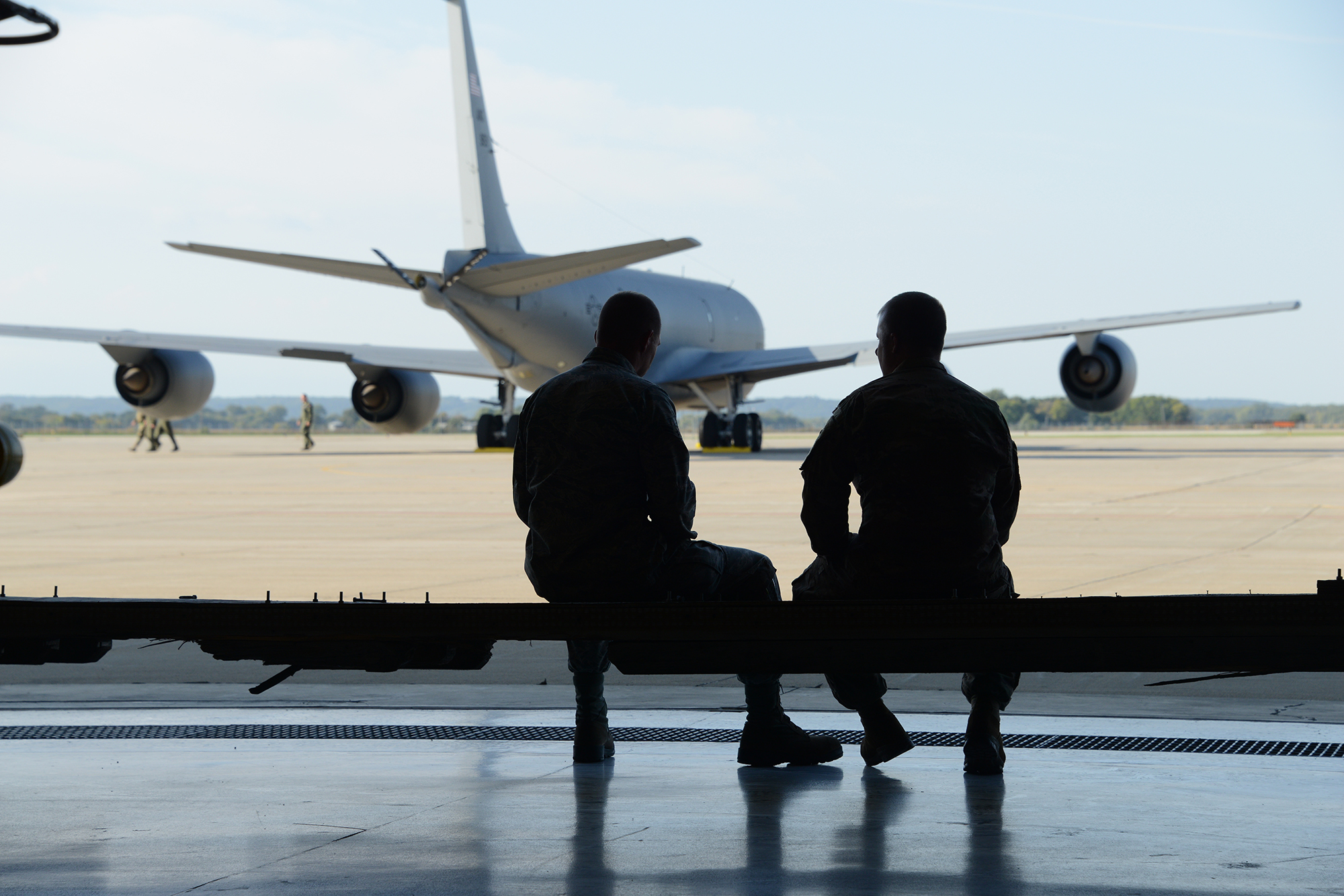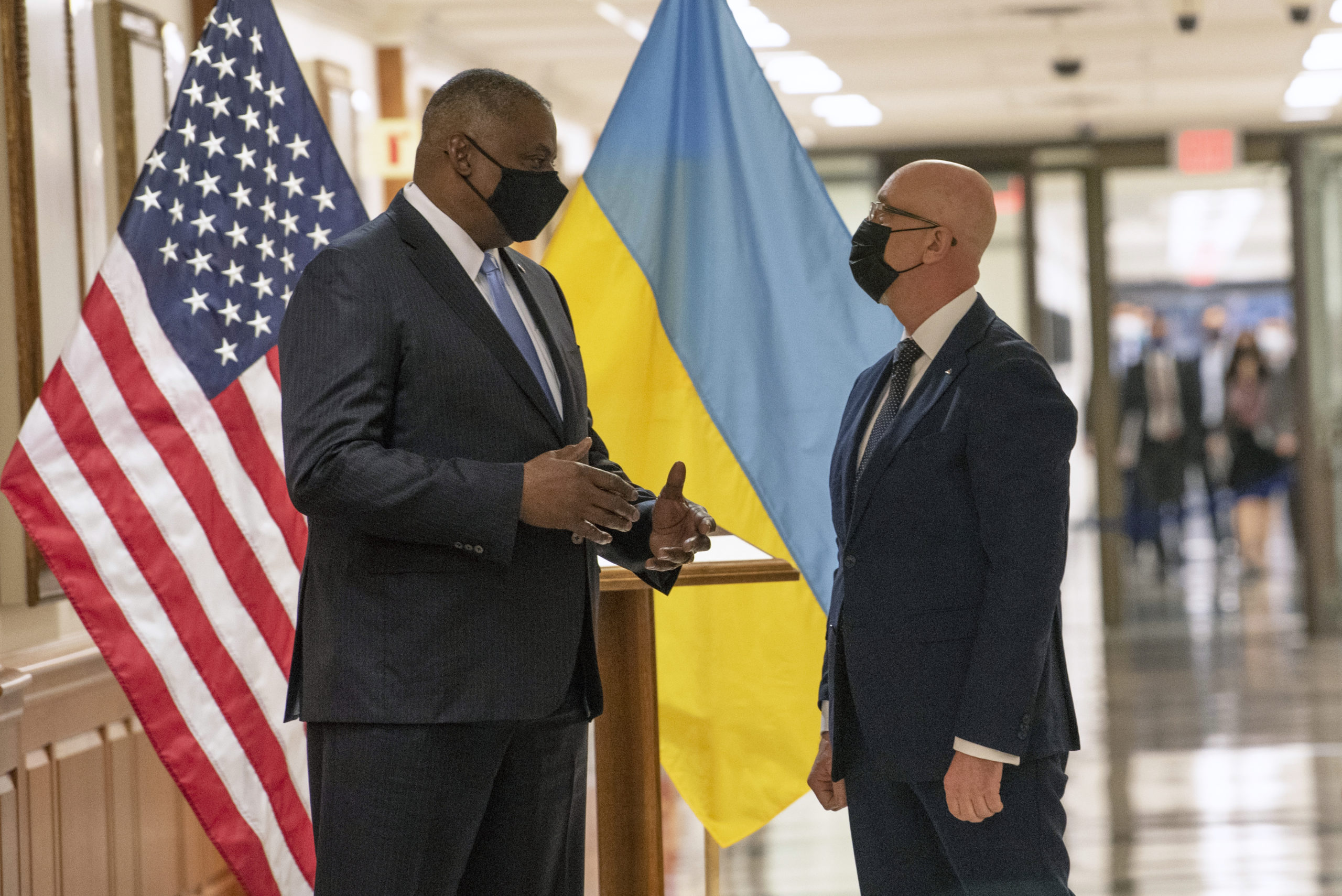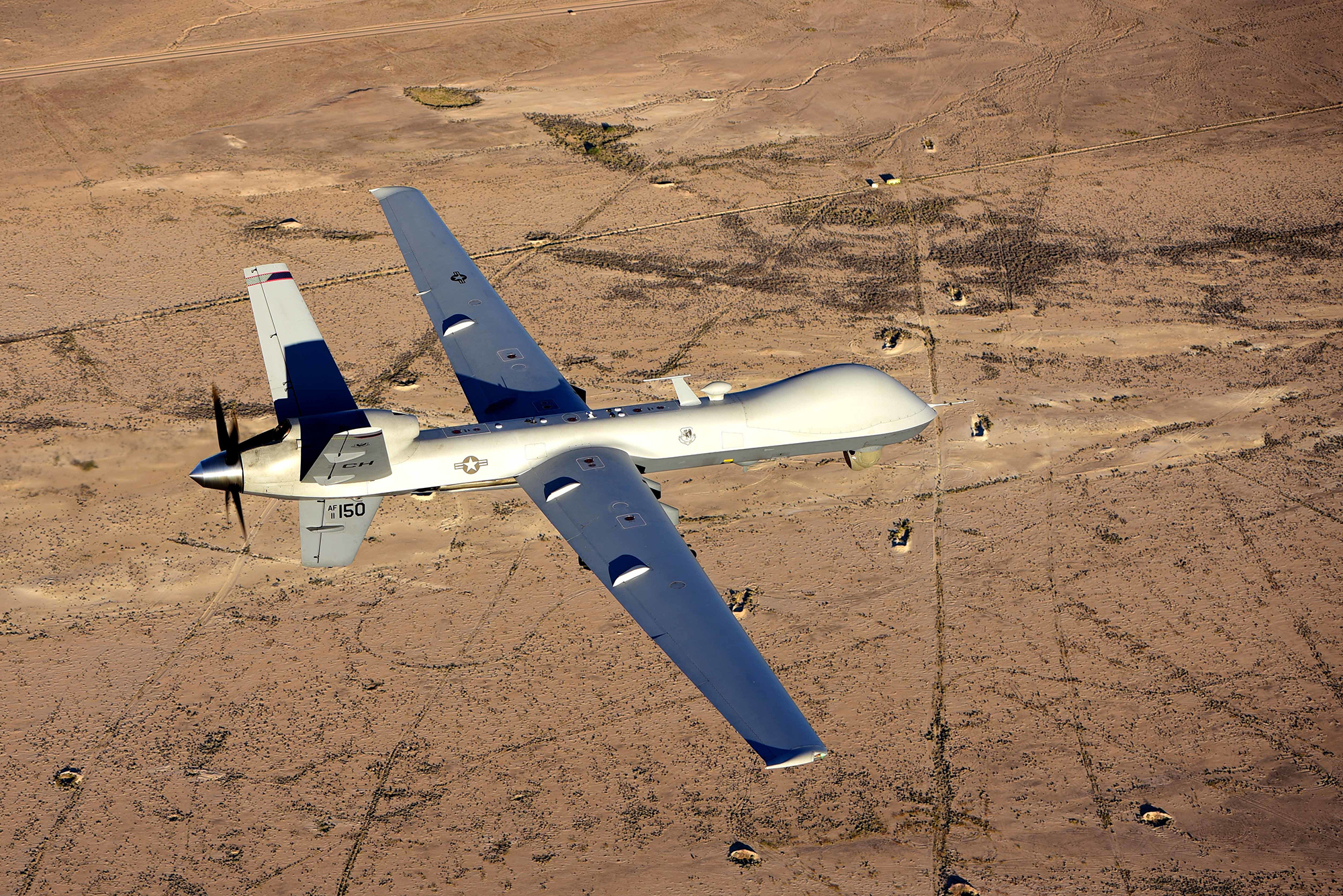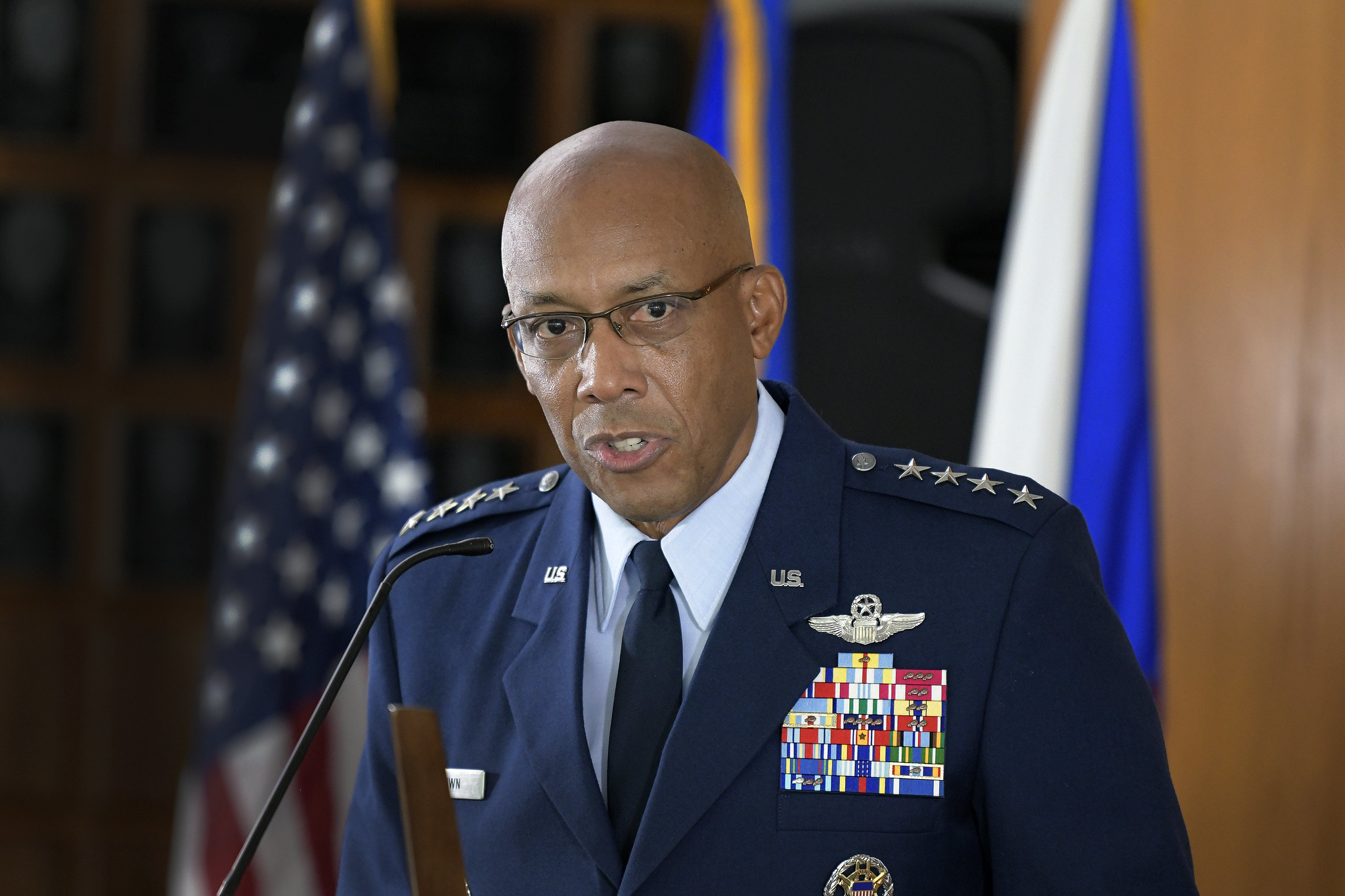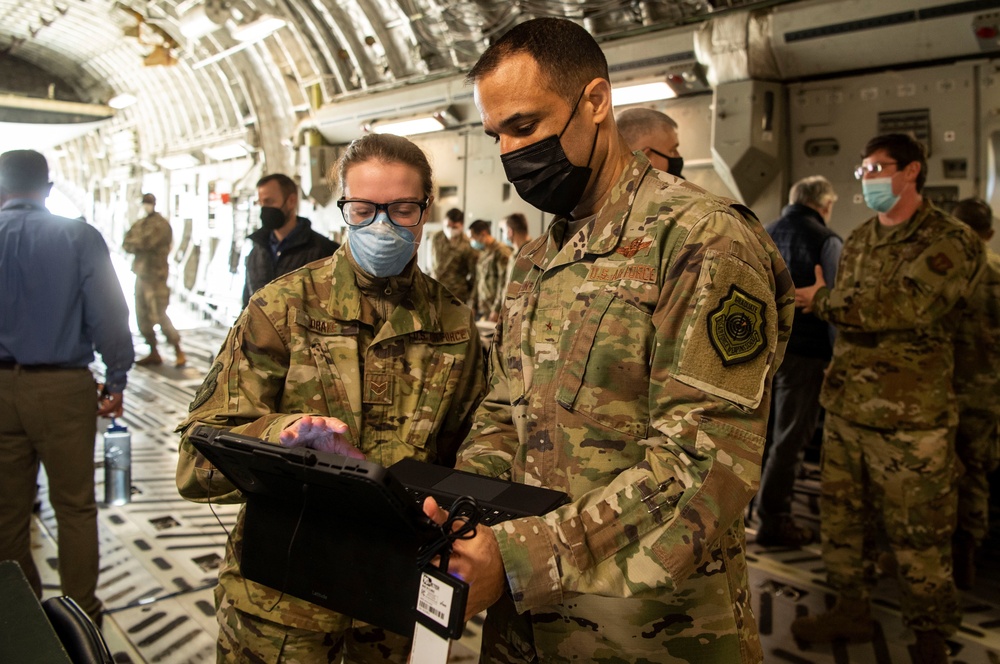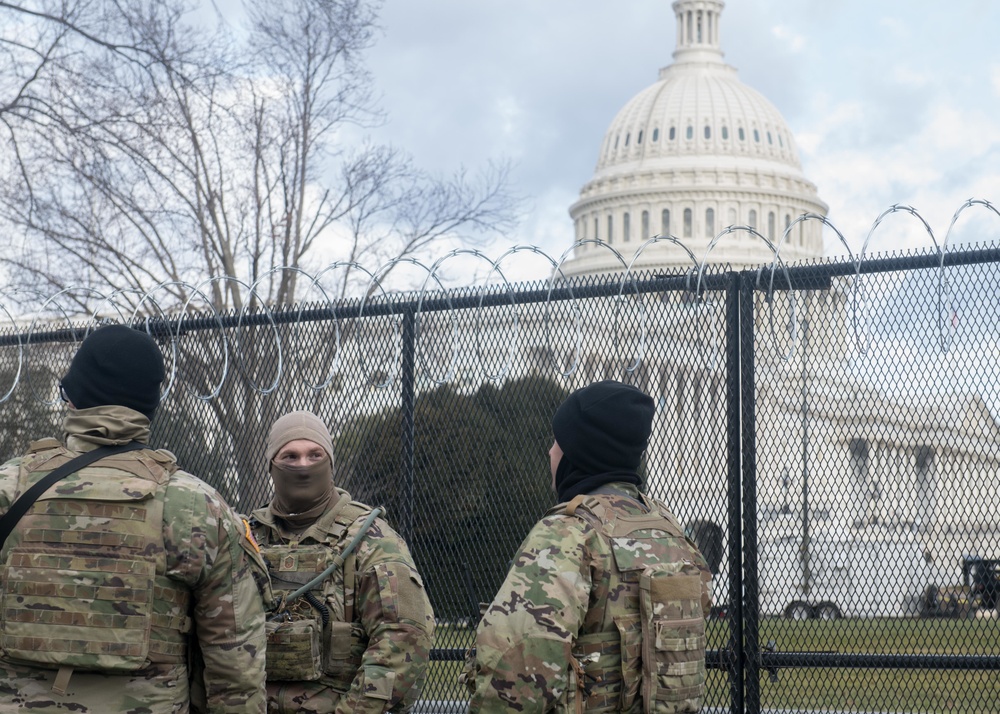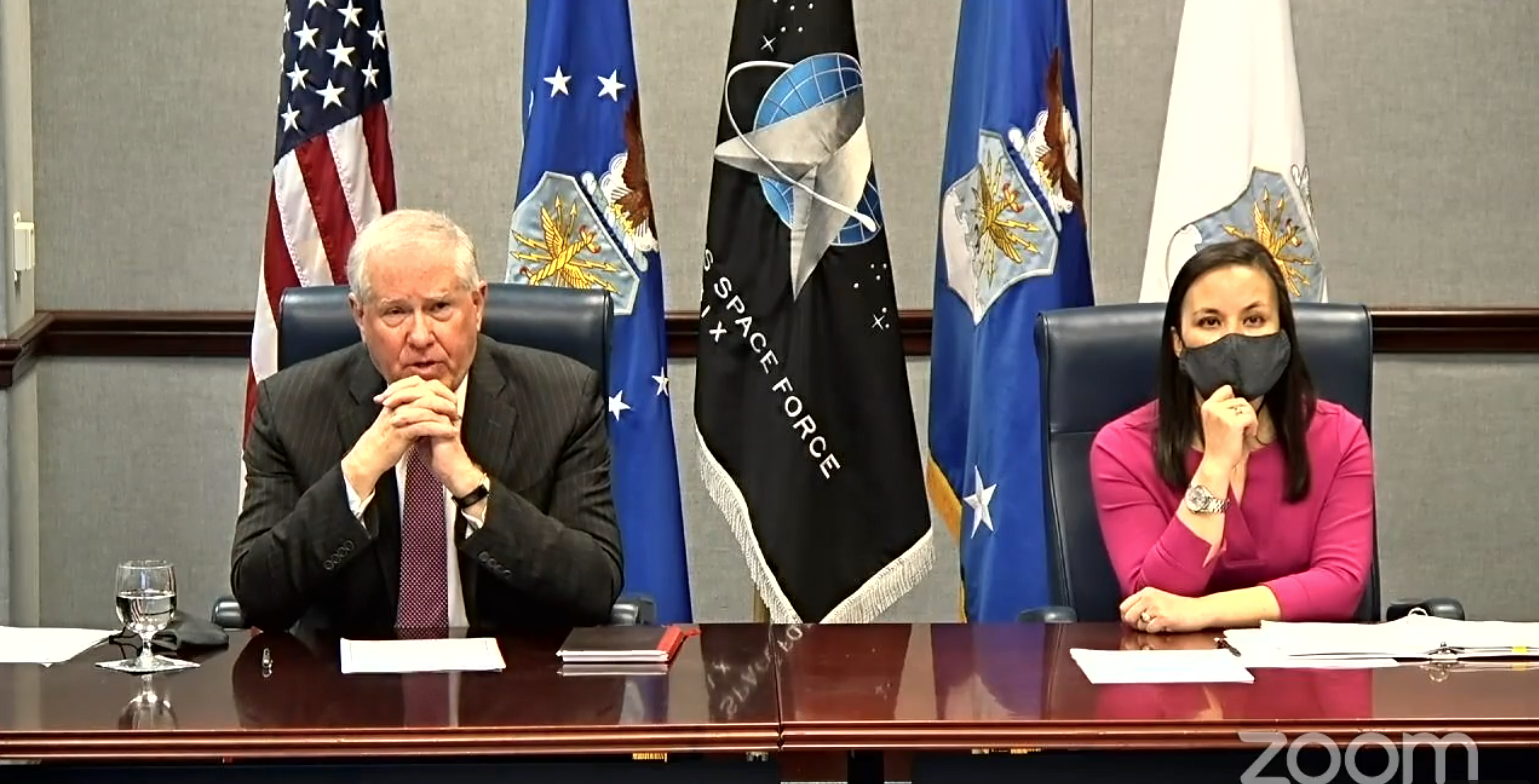The position of Vice Chairman of the Joint Chiefs of Staff is officially vacant. Air Force Gen. John E. Hyten retired Nov. 19, and Navy Adm. Christopher W. Grady awaits his Senate confirmation hearing.
Hyten’s final departure from the Pentagon as the military’s No. 2 officer, posted to social media by the Joint Staff on Nov. 18, preceded a ceremony the following day at Joint Base Andrews, Md., during which Hyten reflected on the changes he had seen over the course of his four decades in uniform, from the early post-Vietnam years to the current era of strategic competition.
“For the last 40 years, we’ve made enormous progress to ensure the U.S. military is the most trusted and credible, apolitical institution in the United States of America and the most lethal military the world has ever seen,” Hyten said. “And now, we have to make sure it stays that way for the next 40 years and beyond.”
Grady’s confirmation hearing has been scheduled for Dec. 2, according to the Senate Armed Services Committee calendar. Grady has led the Navy’s Fleet Forces Command/U.S. Naval Forces Northern Command since May 2018. He has also held the duties of commander for U.S. Naval Forces Strategic Command and U.S. Strategic Command Joint Force Maritime Component since February 2019.
President Joe Biden announced Grady’s nomination Nov. 1, virtually guaranteeing some sort of gap after Hyten’s retirement—the full Senate has taken at least a month to confirm every Chairman and Vice Chairman in the past decade.
After the Dec. 2 confirmation hearing, Grady’s nomination will proceed to the full Senate for a vote. But while leading lawmakers on both sides of the aisle have previously pledged to act quickly to minimize any vacancy, senators can place procedural “holds” on nominees, which slow down the process—such holds delayed Air Force Secretary Frank Kendall’s appointment for roughly a month.
On top of that, the Senate’s end-of-the-year calendar has grown increasingly crowded. Already, passage of the 2022 National Defense Authorization Act has been pushed back weeks and is still not finished; the government is operating under a continuing resolution that will expire in early December; and Majority Leader Sen. Chuck Schumer (D-N.Y.) has said he wants to pass President Joe Biden’s social spending bill, called Build Back Better, by Christmas.
Congress is currently in recess for the Thanksgiving holiday and returns to session Nov. 29. Then the Senate is scheduled to be in session only two more weeks before recessing again until 2022, but that could very well change.
During a press briefing Oct. 28, Pentagon Press Secretary John F. Kirby called any sort of gap in the Vice Chairman role “not optimal” but noted that the Joint Staff had worked through such situations before. By law, there is no procedure for naming an “acting” vice chairman, but some of Hyten’s roles and responsibilities can be delegated on an “acting” basis, Kirby added.
Air Force Magazine queried the Joint Staff for clarification on how Hyten’s duties were being delegated and had yet to receive a reply.
